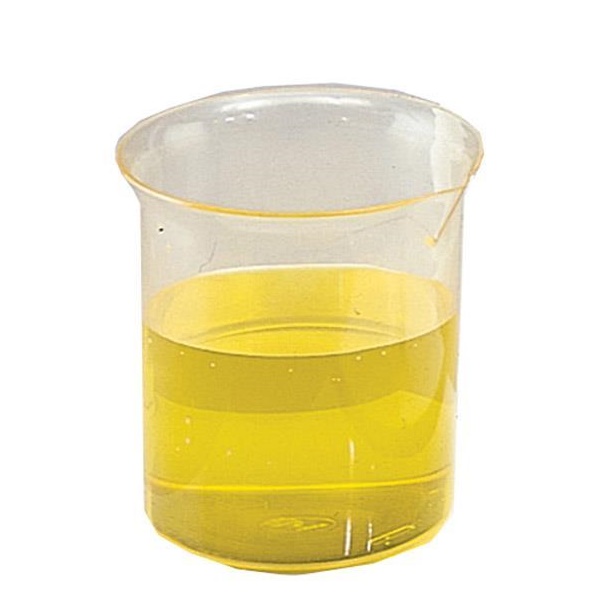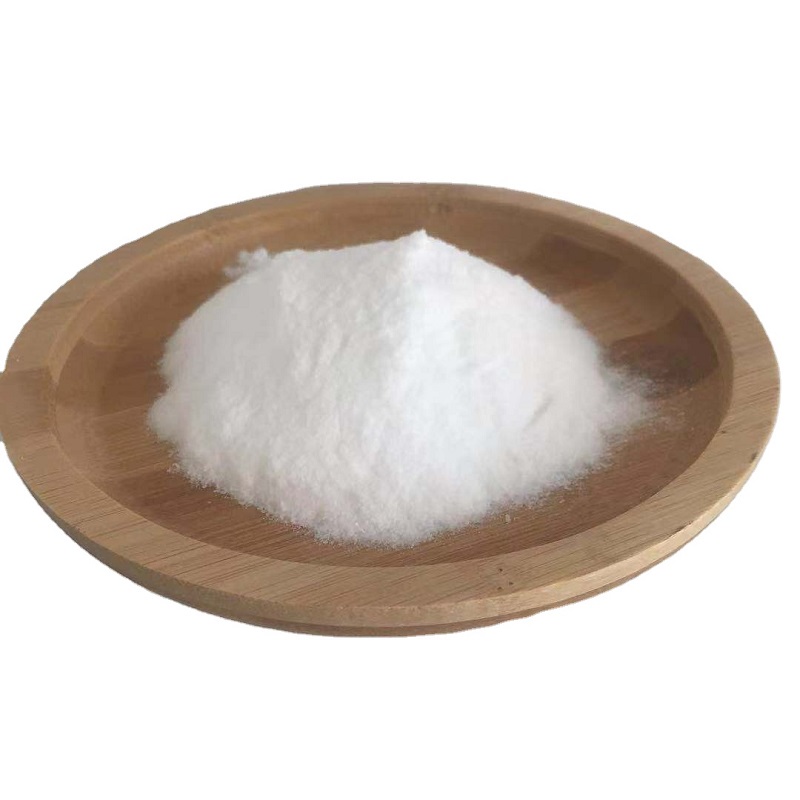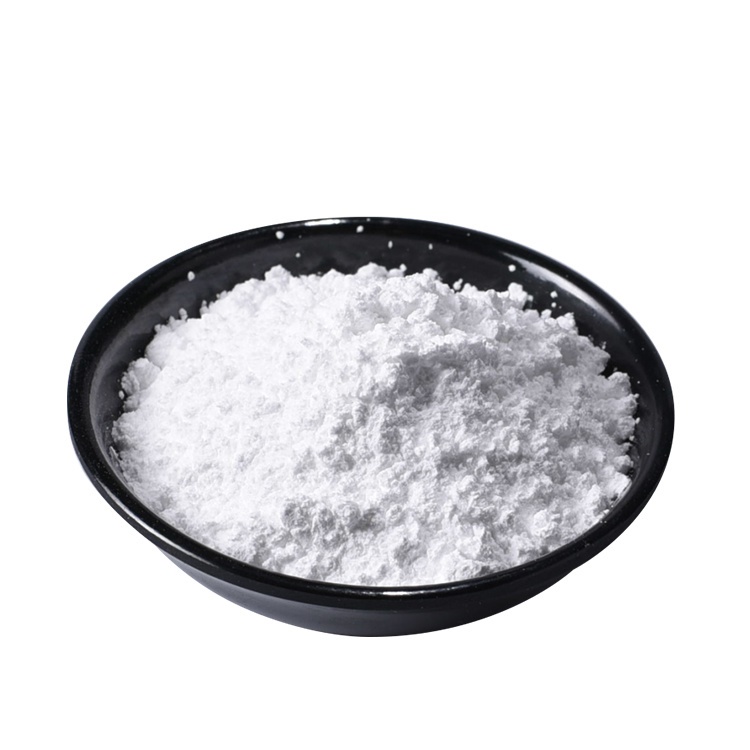

Acetamiprid CAS 160430-64-8
——————
CAS number : 160430-64-8
molecular formula : C10H11ClN4
EINECS : 0
——————
Email : info@deshangchem.com
Mobile : +86-13153039501
TEL : +86-531-88752665
English synonyms
N-((6-CHLOROPYRIDIN-3-YL)METHYL)-N'-CYANO-N-METHYLACETAMIDINE;MORTAL;MOSPILAN;MOSPILDATE;N-(6-Chloro-3-pyridylmethyl)-N-cyano-N-methylacetamidine;Assail;(E)-N-((6-Chloro-3-pyridinyl)methyl)-N'-cyano-N-methyl-ethanimidamide;(E)-N-(6-CHLORO-3-PYRIDYLMETHYL)-N'-CYANO-N-METHYLACETAMIDINE
Related categories
Organochlorine insecticides; insecticides; pesticides; insecticides (mite) agents; organic heterocycles and other insecticides; synthetic intermediates; agricultural raw materials; raw materials; INSECTICIDE; ;Chemical intermediates
Introduction
Acetamiprid is a new generation of ultra-efficient, systemic insecticides that came out in the 1990s, and belongs to the chloronicotine compound. It has contact and stomach poisoning effects on pests, and its insecticidal mechanism is novel. It can effectively control various pests such as Hemiptera, Lepidoptera, and Coleoptera, and has high activity, small dosage, long-lasting effect, and good quick-acting properties. Advantages, especially for pests that have developed serious resistance to organophosphate, carbamate and pyrethroid insecticides.
Chemical properties
| Melting point | 100-102°C |
| Storage conditions | 2-8°C |
| Shape | neat |
| CAS database | 160430-64-8(CAS DataBase Reference) |
The pure product is white crystal. m.p.101~103.3℃, vapor pressure<1.0×10-6Pa (25℃). Soluble in acetone, methanol, ethanol, dichloromethane, chloroform, acetonitrile, tetrahydrofuran, the solubility in water at 25°C is 4200mg/L.
Use
● Chloronicotinoid insecticides. The agent has the characteristics of wide insecticidal spectrum, high activity, less dosage, long-lasting and quick-acting effects, etc. It has contact and stomach poisoning effects, and has excellent systemic activity. For Hemiptera (aphids, leafhoppers, whiteflies, scale insects, scale insects, etc.), Lepidoptera (Plutella xylostella, moth miner, small borer, leaf roller), Coleoptera (longhorns, ape leaf insects) As well as insects of the order Totaloptera (thrips) are effective. Since the mechanism of action of acetamiprid is different from that of the current commonly used insecticides, it has special effects on pests resistant to organophosphates, carbamates and pseudopyrethrins.
● Effective against Hemiptera and Lepidoptera pests
● It belongs to the same series as imidacloprid, but its insecticidal spectrum is wider than that of imidacloprid, and it mainly has good control effect on aphids on cucumber, apple, citrus and tobacco. Due to the unique mechanism of action of acetamiprid, it has a better effect on pests resistant to pesticides such as organophosphates, carbamates, and pyrethroids.
Production method
● Preparation method one
Preparation of 2-chloro-5-aminomethylpyridine Mix 23.5g of dried hexamethylenetetramine, 200mL of acetonitrile, and 27.4g (90.2%) of 2-chloro-5-chloromethylpyridine. Heated and stirred at reflux for 8h. After cooling, 57.8g of white solid was obtained by filtration. The resulting white solid was put into a 500 mL reaction flask. Add 49mL of water, 48mL of hydrochloric acid. 120 mL of methanol was added with stirring. Heated to reflux for 1.5h. The initial reaction temperature was 61°C, and the reflux temperature was 50.5°C after 1 hour. Methanol and dimethoxymethane were removed, and 80 mL of chloroform was added. 80 g of 25% NaOH aqueous solution was added under stirring, the pH value was 8-9, the layers were separated, and the aqueous layer was extracted once with 80 mL of chloroform. The chloroform layers were combined, the chloroform was removed under reduced pressure, and cooled to obtain 25.5 g of a light yellow solid. The crude product was recrystallized once with methanol to obtain white crystals. Content 97.3%, m.p.25~26℃.
Preparation of N-cyano-N'-(2-chloro-5-pyridylmethyl)acetamidine In a 100mL reaction flask, put 15.89g (84.3%) of 2-chloro-5-aminomethylpyridine and 52.3mol of water . 11.64 g (95%) of ethyl N-cyanoacetimidate was added dropwise at room temperature with stirring. After dropping, stir for another 30 min. Add 18.5 mL of ethanol. Heating to 78°C, the light yellow solid dissolves, and refluxes until it is completely dissolved. Slowly cooled, white crystals were precipitated, and placed in the refrigerator. After filtering and drying, 16.04g of white crystals were obtained. The crude product was recrystallized from ethanol to obtain white crystals. Content 98.5%, m.p.141~143℃.
Synthesis of acetamiprid In a 250mL reaction flask, add 20.5g (85.27%) of N-cyano-N'-(2-chloro-5-pyridylmethyl)acetamidine, 54.5mL of chloroform, methylbutylammonium bromide 0.11 g. Under stirring, it was cooled to 15°C, and 11.6g of dimethyl sulfate and 8.4g of 50% NaOH aqueous solution were added dropwise at the same time, and the mixture was stirred and reacted at 15°C for 3h after the dropwise completion. Add 33.6 mL of water and 0.33 g of 40% dimethylamine aqueous solution, stir at room temperature for 1 h, separate layers, extract the aqueous layer with chloroform, and combine the chloroform layers. Add 38 mL of water, and distill off the chloroform under atmospheric pressure. Cool, add methanol, and cool to 35°C. 37 mL of water was added dropwise to precipitate a solid. Cool until the precipitation is complete. After filtration, a light yellow solid was obtained, which was dried to obtain 17 g of the product, and the crude product was recrystallized with aqueous methanol to obtain white needle crystals. m.p.101-103°C.
The above total yield is 57%, and the content>85%.
● Other preparation methods
Acetamiprid is prepared by the reaction of N-cyano-N'-methylacetamidine and 2-chloro-5-chloromethylpyridine.
Acetamiprid is prepared by reacting N-cyanoacetamidine with 2-chloro-5-chloromethylpyridine, and then reacting with dimethyl sulfate for methylation.
Acetamiprid can also be prepared by reacting N-cyanoethylimidate and N-methyl-2-chloro-5-picolylamine.

Acetamiprid CAS 160430-64-8
English synonyms
N-((6-CHLOROPYRIDIN-3-YL)METHYL)-N'-CYANO-N-METHYLACETAMIDINE;MORTAL;MOSPILAN;MOSPILDATE;N-(6-Chloro-3-pyridylmethyl)-N-cyano-N-methylacetamidine;Assail;(E)-N-((6-Chloro-3-pyridinyl)methyl)-N'-cyano-N-methyl-ethanimidamide;(E)-N-(6-CHLORO-3-PYRIDYLMETHYL)-N'-CYANO-N-METHYLACETAMIDINE
Related categories
Organochlorine insecticides; insecticides; pesticides; insecticides (mite) agents; organic heterocycles and other insecticides; synthetic intermediates; agricultural raw materials; raw materials; INSECTICIDE; ;Chemical intermediates
Introduction
Acetamiprid is a new generation of ultra-efficient, systemic insecticides that came out in the 1990s, and belongs to the chloronicotine compound. It has contact and stomach poisoning effects on pests, and its insecticidal mechanism is novel. It can effectively control various pests such as Hemiptera, Lepidoptera, and Coleoptera, and has high activity, small dosage, long-lasting effect, and good quick-acting properties. Advantages, especially for pests that have developed serious resistance to organophosphate, carbamate and pyrethroid insecticides.
Chemical properties
| Melting point | 100-102°C |
| Storage conditions | 2-8°C |
| Shape | neat |
| CAS database | 160430-64-8(CAS DataBase Reference) |
The pure product is white crystal. m.p.101~103.3℃, vapor pressure<1.0×10-6Pa (25℃). Soluble in acetone, methanol, ethanol, dichloromethane, chloroform, acetonitrile, tetrahydrofuran, the solubility in water at 25°C is 4200mg/L.
Use
● Chloronicotinoid insecticides. The agent has the characteristics of wide insecticidal spectrum, high activity, less dosage, long-lasting and quick-acting effects, etc. It has contact and stomach poisoning effects, and has excellent systemic activity. For Hemiptera (aphids, leafhoppers, whiteflies, scale insects, scale insects, etc.), Lepidoptera (Plutella xylostella, moth miner, small borer, leaf roller), Coleoptera (longhorns, ape leaf insects) As well as insects of the order Totaloptera (thrips) are effective. Since the mechanism of action of acetamiprid is different from that of the current commonly used insecticides, it has special effects on pests resistant to organophosphates, carbamates and pseudopyrethrins.
● Effective against Hemiptera and Lepidoptera pests
● It belongs to the same series as imidacloprid, but its insecticidal spectrum is wider than that of imidacloprid, and it mainly has good control effect on aphids on cucumber, apple, citrus and tobacco. Due to the unique mechanism of action of acetamiprid, it has a better effect on pests resistant to pesticides such as organophosphates, carbamates, and pyrethroids.
Production method
● Preparation method one
Preparation of 2-chloro-5-aminomethylpyridine Mix 23.5g of dried hexamethylenetetramine, 200mL of acetonitrile, and 27.4g (90.2%) of 2-chloro-5-chloromethylpyridine. Heated and stirred at reflux for 8h. After cooling, 57.8g of white solid was obtained by filtration. The resulting white solid was put into a 500 mL reaction flask. Add 49mL of water, 48mL of hydrochloric acid. 120 mL of methanol was added with stirring. Heated to reflux for 1.5h. The initial reaction temperature was 61°C, and the reflux temperature was 50.5°C after 1 hour. Methanol and dimethoxymethane were removed, and 80 mL of chloroform was added. 80 g of 25% NaOH aqueous solution was added under stirring, the pH value was 8-9, the layers were separated, and the aqueous layer was extracted once with 80 mL of chloroform. The chloroform layers were combined, the chloroform was removed under reduced pressure, and cooled to obtain 25.5 g of a light yellow solid. The crude product was recrystallized once with methanol to obtain white crystals. Content 97.3%, m.p.25~26℃.
Preparation of N-cyano-N'-(2-chloro-5-pyridylmethyl)acetamidine In a 100mL reaction flask, put 15.89g (84.3%) of 2-chloro-5-aminomethylpyridine and 52.3mol of water . 11.64 g (95%) of ethyl N-cyanoacetimidate was added dropwise at room temperature with stirring. After dropping, stir for another 30 min. Add 18.5 mL of ethanol. Heating to 78°C, the light yellow solid dissolves, and refluxes until it is completely dissolved. Slowly cooled, white crystals were precipitated, and placed in the refrigerator. After filtering and drying, 16.04g of white crystals were obtained. The crude product was recrystallized from ethanol to obtain white crystals. Content 98.5%, m.p.141~143℃.
Synthesis of acetamiprid In a 250mL reaction flask, add 20.5g (85.27%) of N-cyano-N'-(2-chloro-5-pyridylmethyl)acetamidine, 54.5mL of chloroform, methylbutylammonium bromide 0.11 g. Under stirring, it was cooled to 15°C, and 11.6g of dimethyl sulfate and 8.4g of 50% NaOH aqueous solution were added dropwise at the same time, and the mixture was stirred and reacted at 15°C for 3h after the dropwise completion. Add 33.6 mL of water and 0.33 g of 40% dimethylamine aqueous solution, stir at room temperature for 1 h, separate layers, extract the aqueous layer with chloroform, and combine the chloroform layers. Add 38 mL of water, and distill off the chloroform under atmospheric pressure. Cool, add methanol, and cool to 35°C. 37 mL of water was added dropwise to precipitate a solid. Cool until the precipitation is complete. After filtration, a light yellow solid was obtained, which was dried to obtain 17 g of the product, and the crude product was recrystallized with aqueous methanol to obtain white needle crystals. m.p.101-103°C.
The above total yield is 57%, and the content>85%.
● Other preparation methods
Acetamiprid is prepared by the reaction of N-cyano-N'-methylacetamidine and 2-chloro-5-chloromethylpyridine.
Acetamiprid is prepared by reacting N-cyanoacetamidine with 2-chloro-5-chloromethylpyridine, and then reacting with dimethyl sulfate for methylation.
Acetamiprid can also be prepared by reacting N-cyanoethylimidate and N-methyl-2-chloro-5-picolylamine.
Team Presentation






